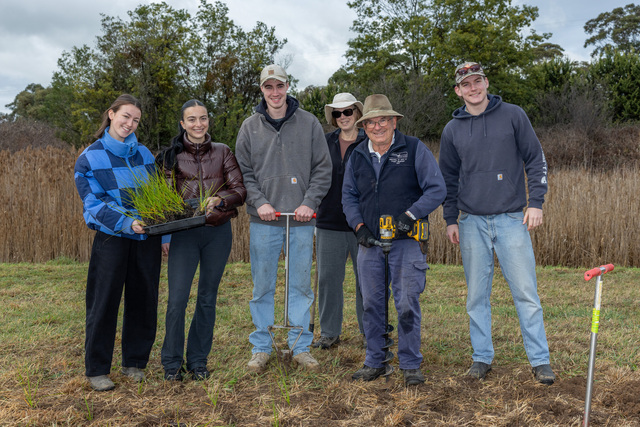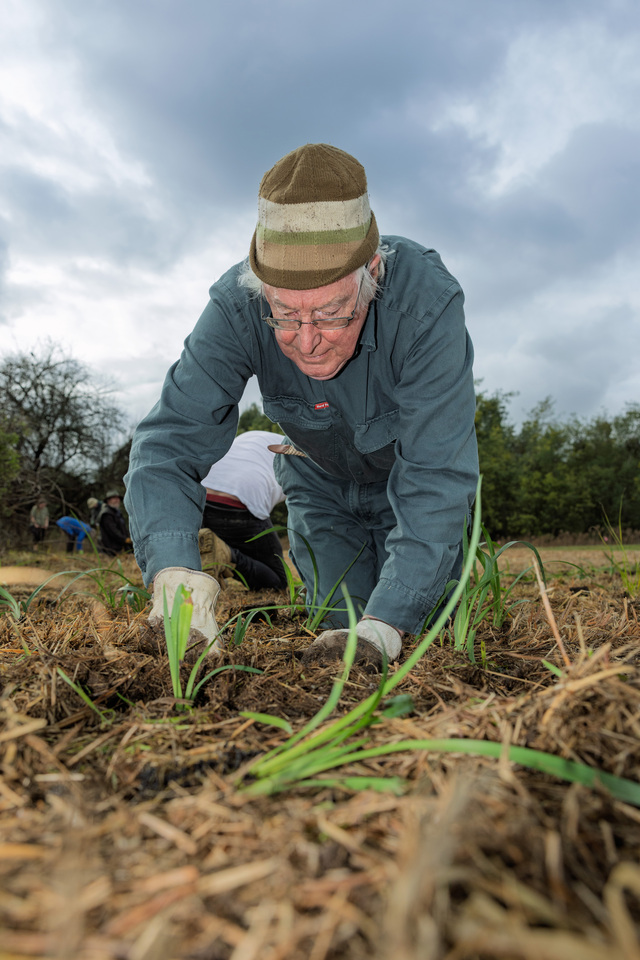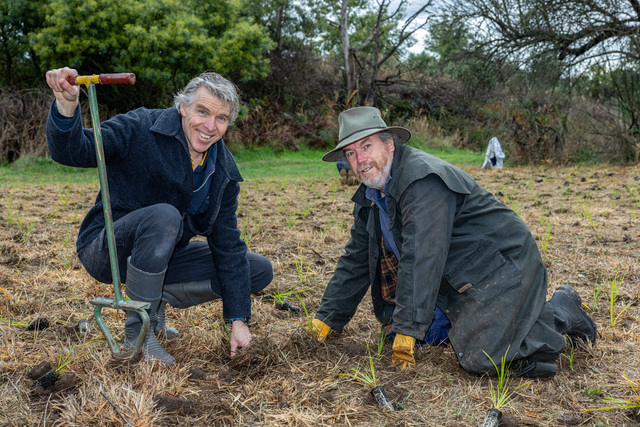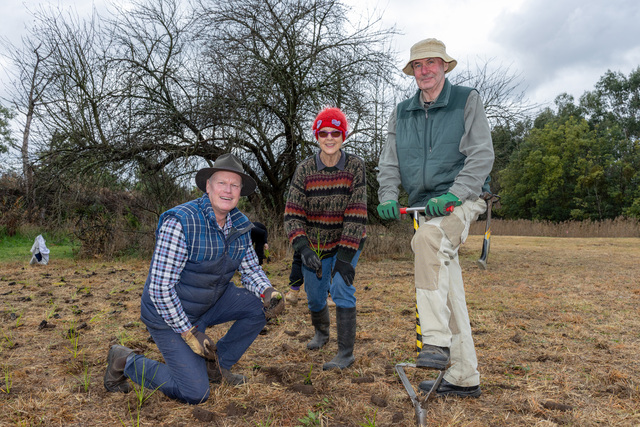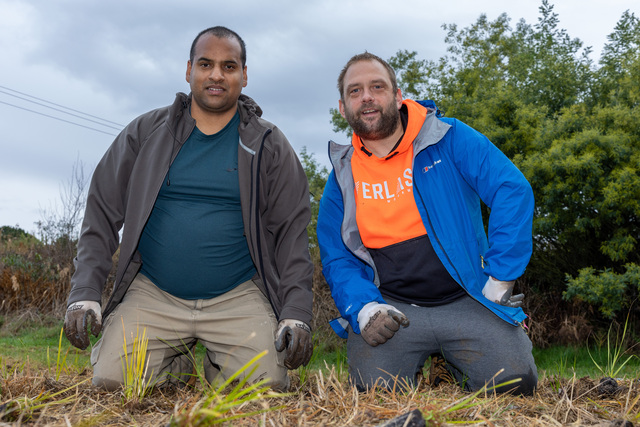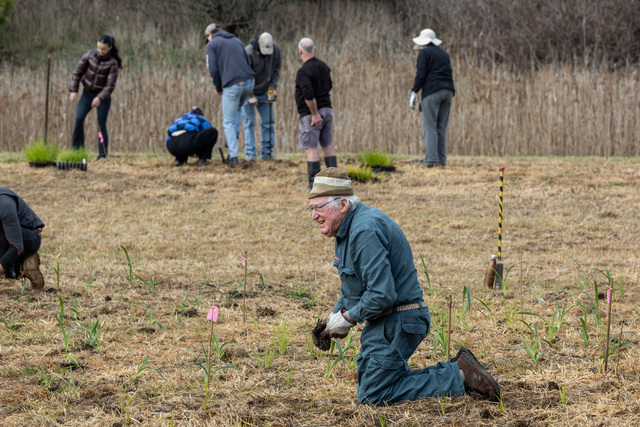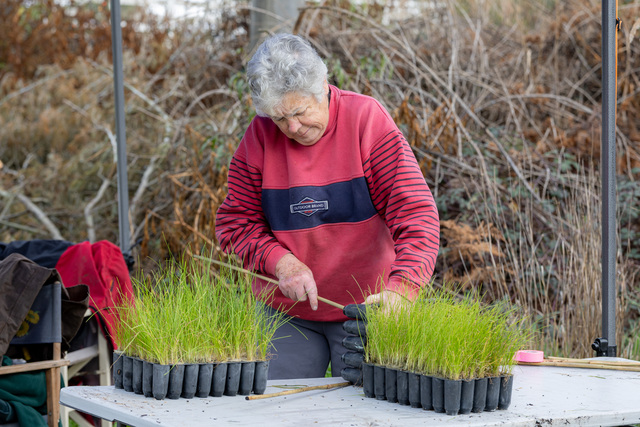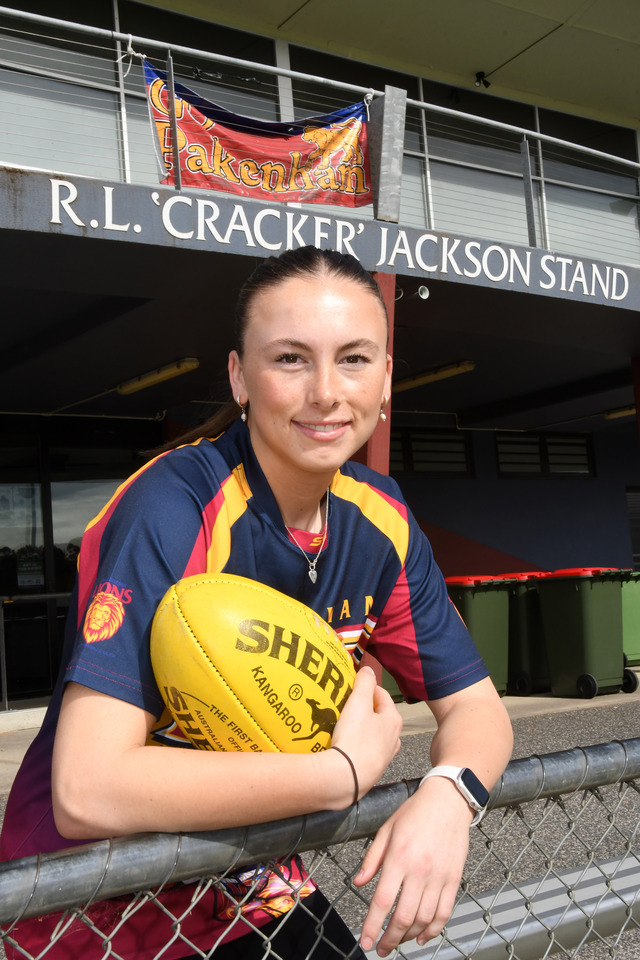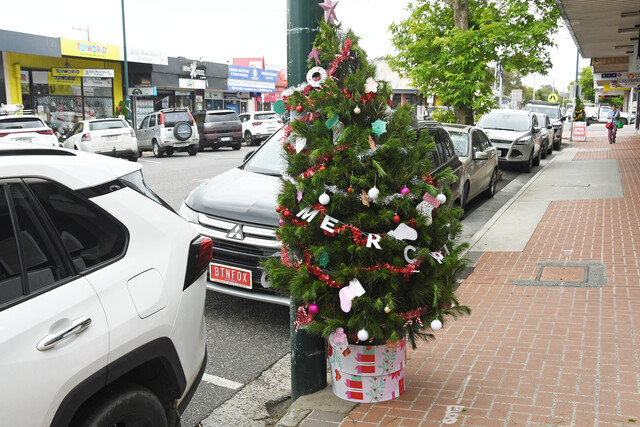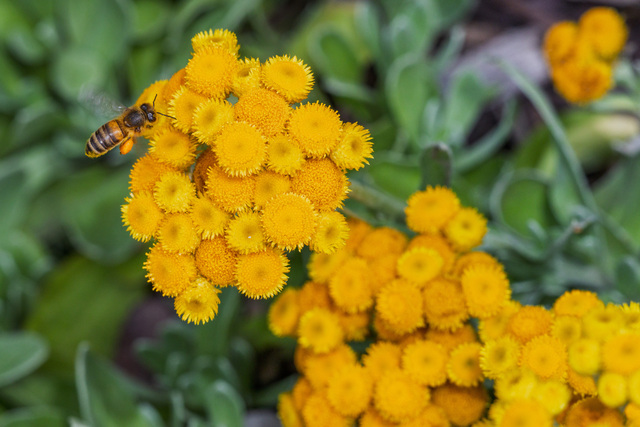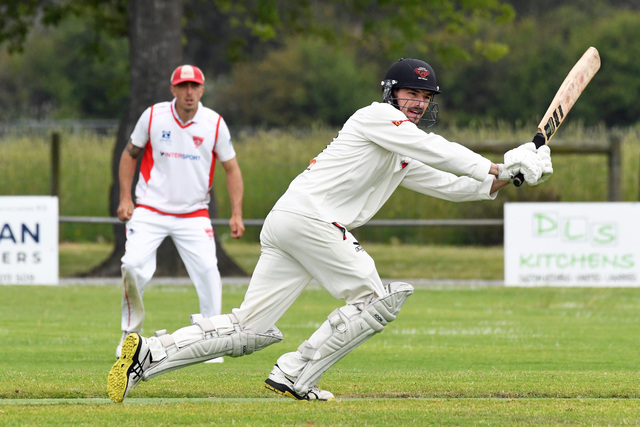There is much work being done to protect Cardinia Shire’s most iconic animal, the southern brown bandicoot, and local volunteers can make a significant impact. From helping efforts to build bandicoot habitat to seeing if some call your property home. Gazette journalist Corey Everitt reports.
This past Sunday, Landcare groups and residents spent the day planting out Yallock Drain in Bayles to help establish native habitat.
About 4,000 indigenous plants were put into the ground as part of a wider Landcare project by the name of Swampcare.
This was a major day in the initiative that aims to unite both public and private landowners to join efforts to re-vegetate areas of the former Kooweerup Swamp.
Beginning in April last year, it has the backing of Melbourne Water and the Department of Energy, Environment and Climate Action.
Work is particularly centred around waterways that are publicly owned and provide critical crossings for native species such as the endangered southern brown bandicoot.
The planting also aligns with Cardinia Shire’s move to create “Biolinks”, networks that adjoin habitat to protect local species, as well as Melbourne Water’s Regional Catchment Strategy.
There are many species of flora and fauna in mind for these efforts, but bandicoots are always a central motivating factor for work in the swamp.
Despite being a beloved animal locally and internationally by such cultural icons as Crash Bandicoot, many of these small marsupials are under threat.
The southern brown was recorded as one of the most widespread mammals in southern Australia in the early 19th century.
However, the impacts of habitat destruction and the introduction of pests have dwindled their number.
Even in the 1960s, they were still sighted in the inner suburbs of Melbourne’s South East, but today they have been isolated and fractured around Western Port Bay through the old swamp to Bunyip.
Swampcare and the work of many other projects hope to build plant life that can provide habitat for bandicoots and other native species where they can safely reside from pests and traverse across areas to build biodiversity.
Another project is running now in the City of Casey to try and update an understanding of their population and spread.
Residents are being asked to become a “Bandicoot Buddy” by surveying their properties to see if any bandicoots are in their area.
Run by Western Port Catchment Landcare Network, they will provide and install wildlife cameras on your property to identify fauna species, with an emphasis on recording bandicoots.
Recently in Garfield, a bandicoot was spotted along Lovers Lane.
This is particularly exciting news, as this is within a re-vegetation project by Cannibal Creek Landcare Group.
This discovery stands as vindication amid the years-long project.
If a bandicoot is spotted on your property, it’s not just good news for conservation efforts.
Bandicoots are vital workers for the environment through their foraging in the soil.
They use their short snouts to burrow into the ground to eat various invertebrates and plant matter, which helps turn over nutrients, aerate the soil and increase water penetration.
If you see a number of little holes through your land, that could be an indicator that a bandicoot is close by.
Living in Casey or Cardinia, you may be fortunate enough to spot one in the wild.
If you do, you are advised to take a photo and upload it to the app iNaturalist with details of location and time.
This app is an international wildlife database that informs the work of professionals in conservation.
You can keep up to date with Swampcare at facebook.com/wpcln.
For more information or to register for Bandicoot Buddies, contact Sue Finley at facilitator@wpcln.org.au


